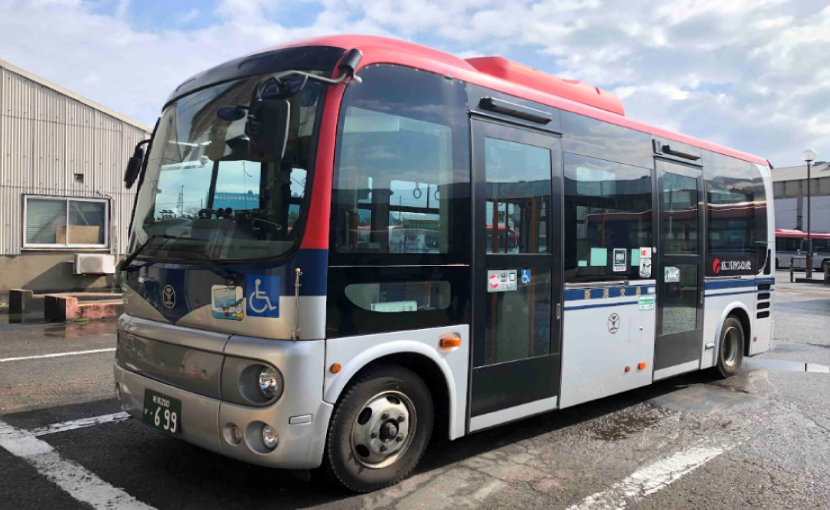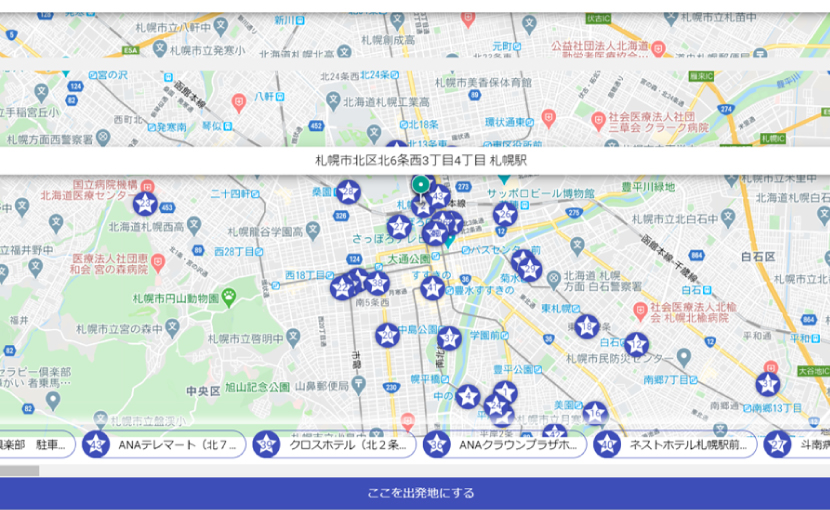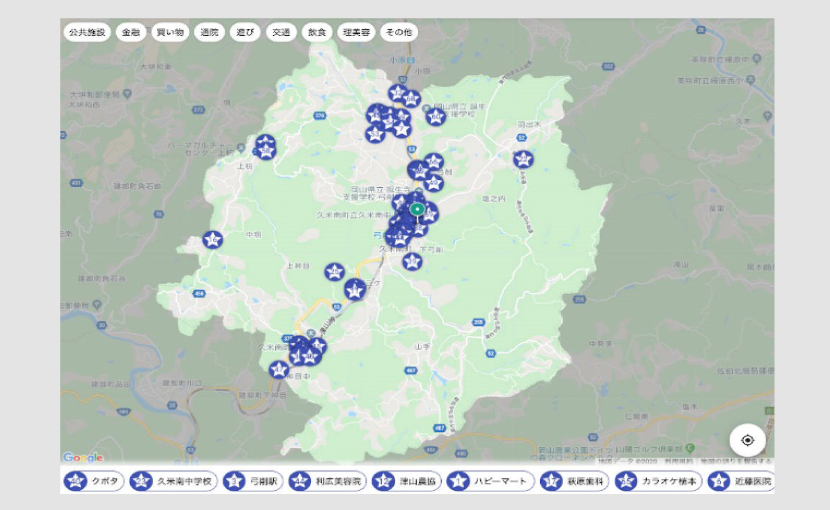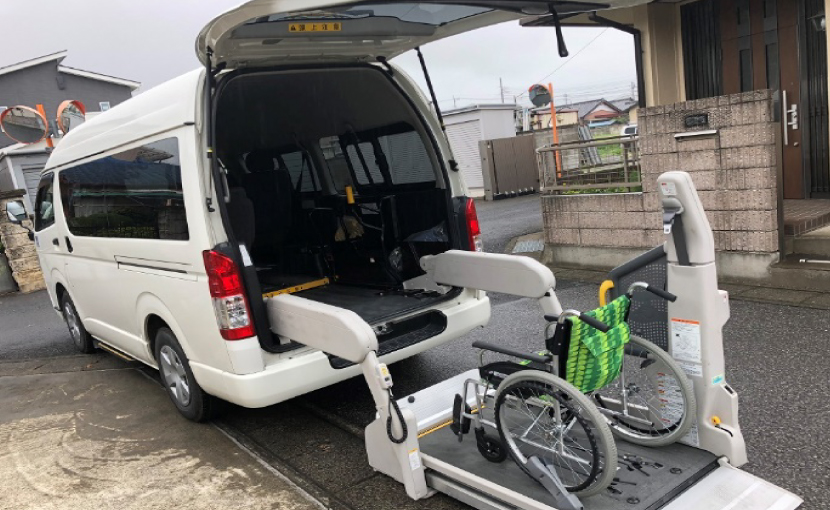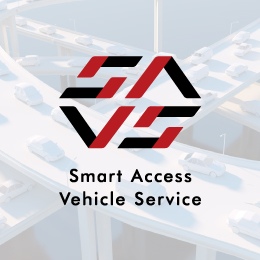| Place | Around Shimo-machi, Chuo-ku, Niigata-city |
|---|---|
| Period | 2 - 31 March 2020 (Only on weekdays) |
| Time | 09:00〜17:00 |
| Vehicle | Passenger Fare |
|---|---|
| Passenger | Light-duty low-floor bus ×2 (17 seats) Available for everyone |
| Fare | 210 yen |
Reasons for adopting SAVS and requests upon the introduction
"In Shimo-machi, an old town area in Chuo-ku, Niigata-city, due to the aging society, elderly citizens without their own cars rely more and more on buses to get to hospitals and supermarkets. However, it is not necessarily efficient to operate buses with fixed schedules and routes because passengers are on the decrease in proportion with the town's depopulation, and buses often run without passengers. Also, it is questionable whether the passengers can go to their desired destinations whenever they want because the bus routes are fixed. Therefore, we decided to conduct verification tests of SAVS, hoping that the on-demand transportation can help us operate our services efficiently and improve the convenience of transportation".
Things they realized by implementing SAVS after conducting verification tests
"As we use buses that we normally operate for service, it is difficult to run freely within the area so we can only drive on a limited number of roads. Moreover, in some places, it is hard to park the buses for a long time. What is vital in streamlining transportation is to run the shortest routes within this net of roads in response to mobility demand. It is also important to choose bus stops where passengers can get on and off. We repeatedly conducted operation tests and field tests, considering safety at the same time, so that our operation can keep up with changes in running routes proposed by SAVS in real-time. "
